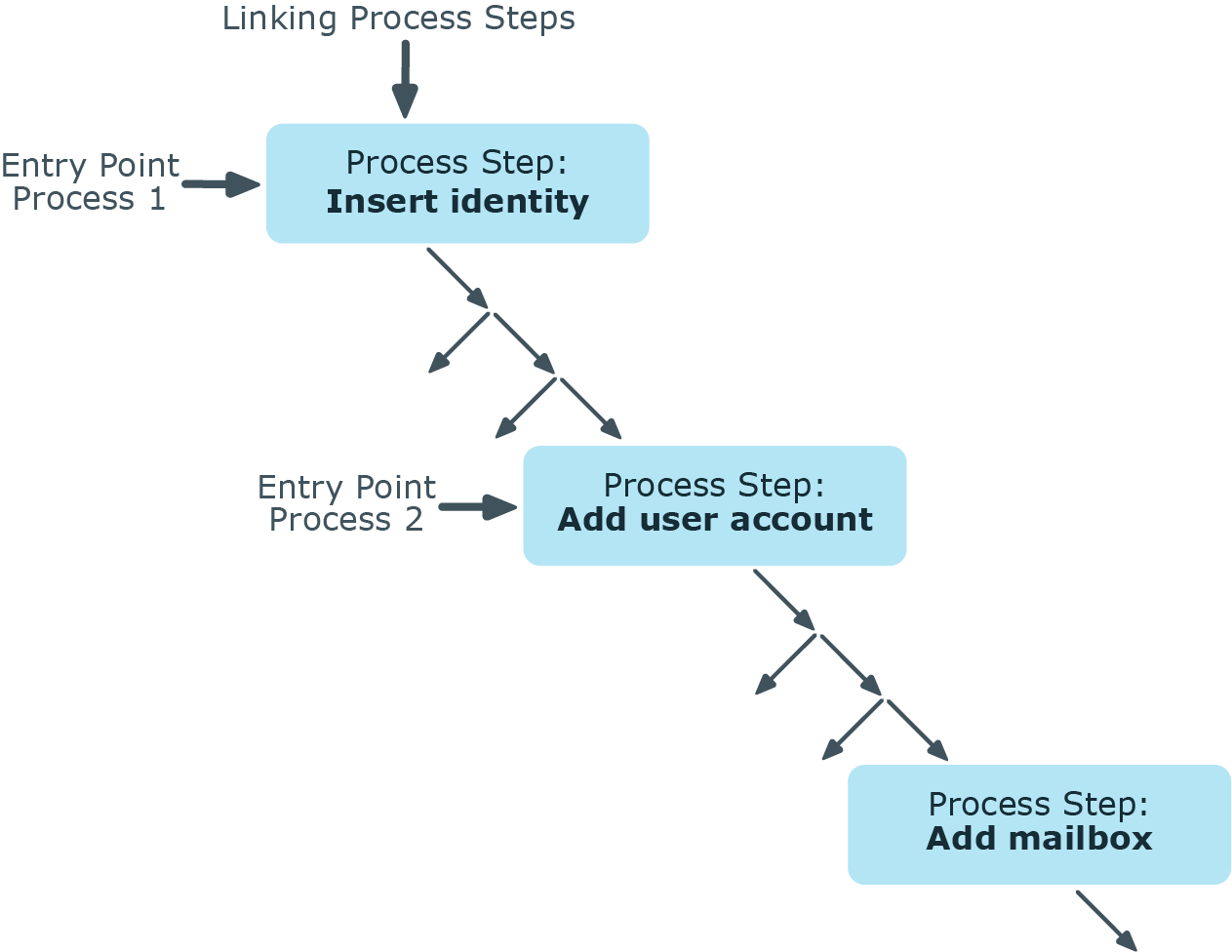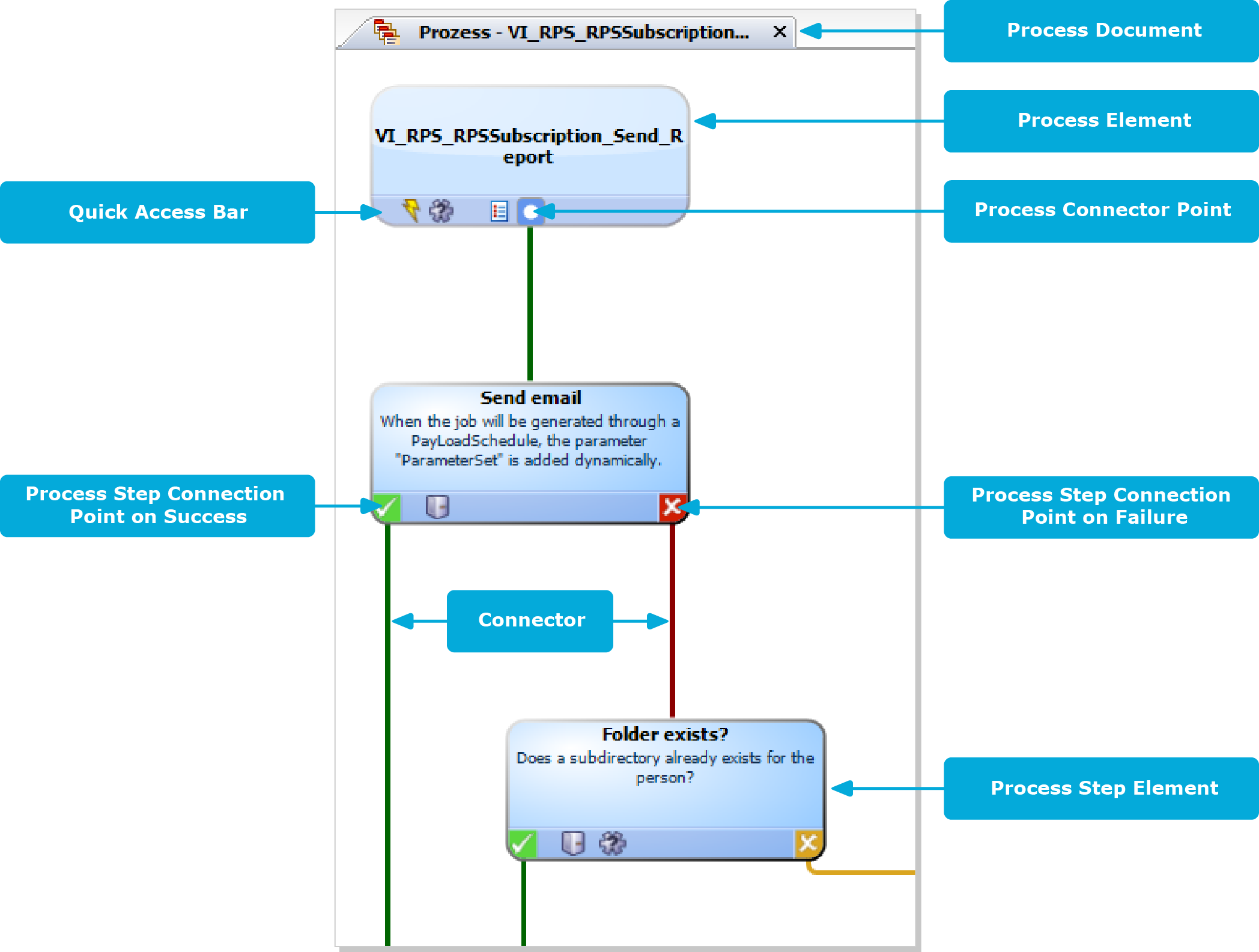Importing translations from the language pack
The default One Identity Manager installation is supplied in English - United States [en-US] and German - Germany [de-DE]. To translate the Web Portal there are other languages available. These are provided as CSV files with the One Identity Manager Language Pack .
The import performs the following steps.
-
Creates the translations in the DialogMultiLanguage table.
-
Updates currently existing entries based on the key, the table, and the column.
-
This does not delete any entries.
To import the language files
-
In the Designer, select the Base data > Localization category.
-
Start the Language Editor using the Edit translation in database task.
-
In the Language Editor's toolbar, click  .
.
-
In the directory of the language you want to use, select the CVS files for the modules and click Open.
-
Use the query dialog to decide which files to import for the selected language.
This starts the import. The process may take some time.
-
Commit the changes to the main database. Use the Database > Commit to database menu item.
After the changes have been committed to the main database, the system data must be recalculated by the DBQueue Processor in order make the new multi-language data available to all system users.
Process orchestration in One Identity Manager
One Identity Manager uses so called 'processes' for mapping business processes. A process consists of process steps, which represent processing tasks and are joined by predecessor/successor relations. This functionality allows flexibility when linking actions and sequences to object events. Processes are modeled using process templates. A process generator (Jobgenerator) is responsible for converting script templates in processes and process steps into a concrete process in the ’Job queue’.
The One Identity Manager Service handles defined processes. The service has to be installed on the One Identity Manager network server to run the processes. The server must be declared as a Job server in the One Identity Manager database.
The One Identity Manager Service is the only One Identity Manager component authorized to make changes in the target system.
To monitor the process handling, use the Job Queue Info program. For more information, see the One Identity Manager Process Monitoring and Troubleshooting Guide.
Detailed information about this topic
Mapping processes in One Identity Manager
One Identity Manager uses so called 'processes' for mapping business processes. A process consists of process steps, which represent processing tasks and are joined by predecessor/successor relations. This functionality allows flexibility when linking actions and sequences to object events.
So-called process tasks are used to perform single elementary tasks at system level, for example, adding a directory. A process component consists of one or more process tasks and its parameters. Process components are defined in the tables Jobcomponent, Jobtask and Jobparameter along with their process tasks and parameters. Predefined configurations are maintained by the schema installation and cannot be edited apart from a few properties.
Processes are modeled using process templates. A process generator (Jobgenerator) is responsible for converting script templates in processes and process steps into a concrete process in the ’Job queue’.
The following illustration shows a chain of process steps with which you can add an identity, set up an Active Directory user account for them and finally add a mailbox.
You can reproduce this sequence in a process. However, you can also define entry points for other processes. The entry point of process 1 results in the creation of an identity with an Active Directory user account and mailbox. The entry point of process 2 only results in the creation of an Active Directory user account with a mailbox.
Figure 12: Creating a single process by linking process steps

Editing processes with the Process Editor
You can edit processes in the Designer using the Process Editor. In the Process Editor, a process is combined with its process steps in a process document. The process is displayed and controlled by means of special control elements.
Figure 13: Illustrating a process in the Process Editor

When you add a new process, an initial process document with one process element is created. When you add a process step, the associated process step element is created.
Individual elements are linked to each other with a connector. Activate the connection points with the mouse.
-
To create a connection, click on a connection point, hold down the left mouse button and pull a connector to the second connection point.
-
To delete a connection, select a connection end-point again by clicking with the mouse. Confirm the security prompt with OK.
Double-click on the process or process step element to open the respective edit view, where you can make your changes.
Each element has a tooltip. A process element's tooltip displays the name and description of the process. A process step element's tooltip displays the name and description of the process step as well as the description of the process task used.
Each element contains a quick access menu bar. The icons represent special properties of processes or process steps. The icon's tooltip shows more detailed information about a property. Double-click on a icon to open the edit view of the process or process step and jump to the corresponding property.
Table 35: Quick access icons
|

|
Events are defined. |
|

|
Process is not generated. |
|

|
Process in wait mode on error. |
|

|
Processing is split. The connection point on error and the connector to the subsequent process step are colored yellow. |
|

|
Runtime errors are ignored. The connection point is colored gray on error. No process step is possible on error. |
|

|
If an error occurs, no more process steps are handled for this process. |
|

|
A generating condition exists. |
|

|
Process information is enabled. |
|

|
A script for selecting a server or server mask is entered. |
|

|
Messaging on error and on success is enabled. |
|

|
The process or process steps are customized. More information about the customizations is shown in a tooltip. |
Some important properties are shown by the color of the element.
Table 36: Colors of elements
|
Blue |
Default. |
|
Yellow |
The verification test resulted in a warning or information. |
|
Red |
The verification test failed. |
|
Gray |
The process is disabled. |
You can drag and drop elements in the process document. Use Arrange in the context menu to reset the elements to their default positions. The position of each element is transferred to the One Identity Manager database when the entire process is saved. The layout is therefore available to all users when you restart the Designer.
.













